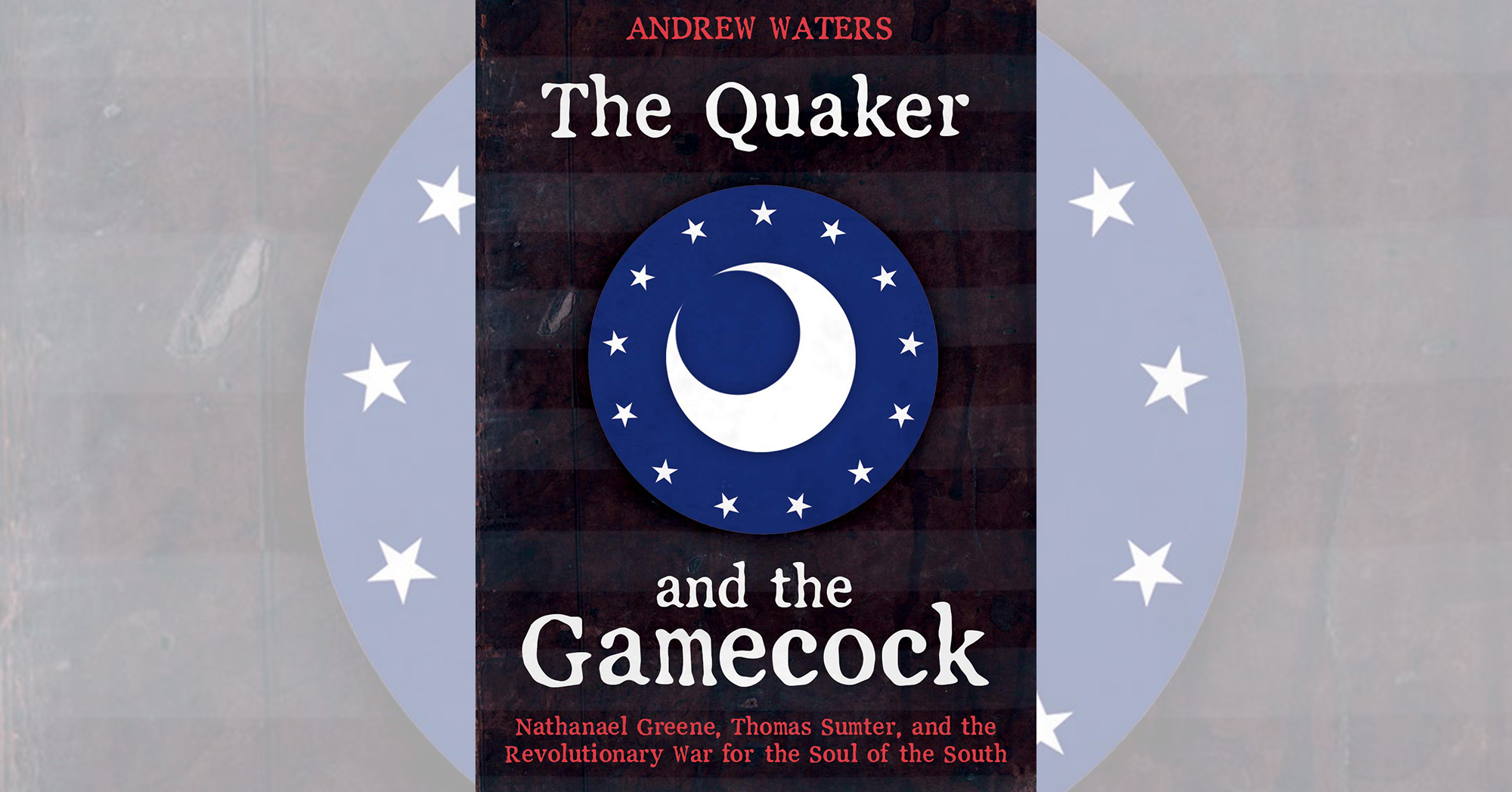Ungovernable guerrilla Thomas Sumter helped his straitlaced commander win the American Revolution in the South
The Quaker and the Gamecock: Nathanael Greene, Thomas Sumter, and the Revolutionary War for the Soul of the South by Andrew Waters (Casemate, 2019; $34.95)
Continental Army General Nathanael Greene—the Quaker—and South Carolina militia leader Thomas Sumter—the Gamecock—were among the Revolution’s oddest of couples. In his latest book, a fresh return to the southern branch of the war, Andrew Waters (To the End of the World, The Battle of Cowpens) details the mismatched pair’s fractious relationship in a well-told account of this undeservedly under-covered campaign.
Inheriting the southern command in 1780, Greene, besides fighting the British, had to cope with rumbustious South Carolina militiamen who were strangers to military tradition. Prime among them was Sumter; in the early 1780s, as that former colony’s de facto dictator, he briefly led all resident militias. Contemptuous of Greene’s conventional outlook, Sumter fought guerrilla-style, vexing his boss but, thanks to Greene’s self-control, never to the breaking point. Waters argues that Greene’s Quaker-bred tolerance for dissent not only helped him transcend and coopt the ornery Sumter but made Greene “a great American general.”
Waters traces the ongoing rumpus to Sumter’s ego. By the Gamecock’s lights, his superior insufficiently appreciated him. At Cowpens, for example, Sumter’s strategic suggestions leading up to the battle brought a victory Greene credited to Brigadier General Daniel Morgan, infuriating Sumter. And months before Greene adopted a “war of posts” strategy that stressed taking and holding key hinterland bastions to diffuse the foe’s forces, Sumter was pitching that concept. Spiteful and self-righteous, Sumter ignored Greene’s orders to interlace his men with the main Continental Army and serve the regulars as scouts and provisioners. Operating by what he called “Sumter’s Law,” the Carolinian bought his fighters’ exclusive loyalty with plunder. He and they stiff-armed Greene at Camden, at Hobkirk’s Hill, at Ninety-Six, and at Eutaw Springs. Nonetheless, knowing he needed Sumter’s wayward muscle, the imperturbable Greene maintained a public face of amiability but in private correspondence was livid.
The Quaker and the Gamecock compellingly and accessibly explicated the major battles of the Revolution’s southern theater and the impact on their outcomes of the Greene-Sumter relationship.
This post contains affiliate links. If you buy something through our site, we might earn a commission. Thanks!





